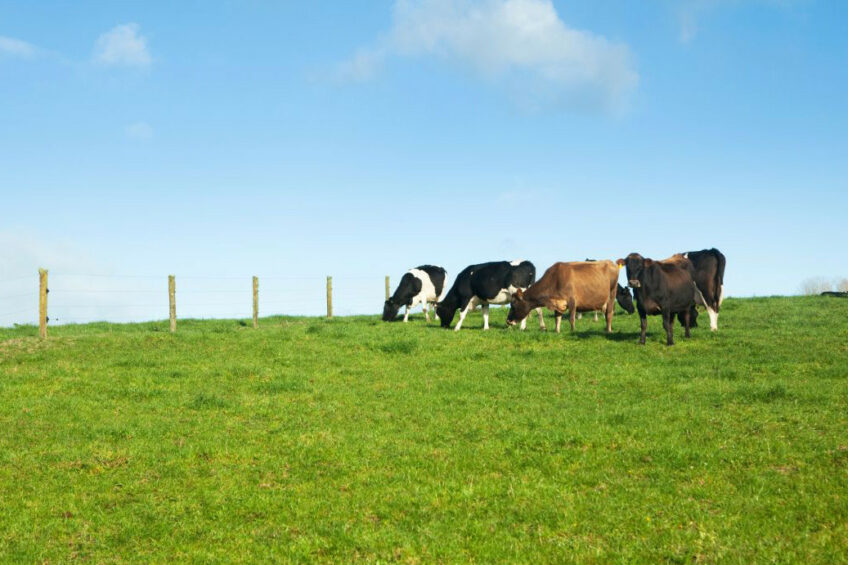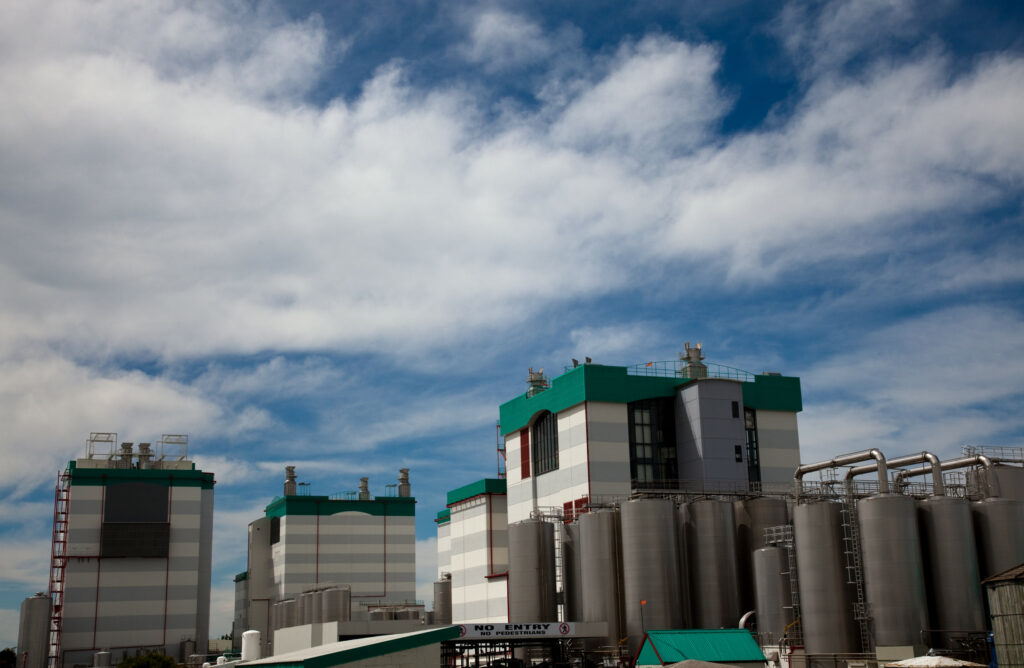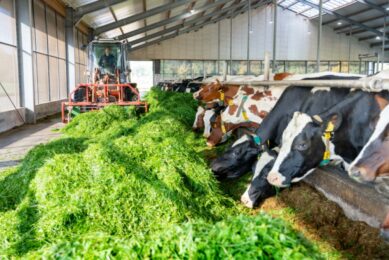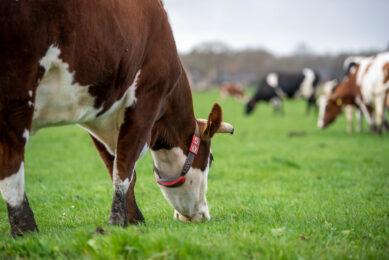New Zealand’s emissions challenge – Fonterra targets 30% reduction

Fonterra’s dairy farmers in New Zealand are reportedly releasing 20% more greenhouse gas emissions per kg of milk produced compared to their Australian counterparts, according to the cooperative’s latest sustainability report.
Fonterra aims to achieve a 30% reduction in emissions intensity by 2030, partnering with farmers to implement innovative practices and technologies.
The findings indicate that each kg of fat and protein-corrected milk produced by Fonterra’s New Zealand suppliers during the 2023-2024 season is associated with 1.04 kg of carbon dioxide-equivalent emissions. In contrast, the cooperative’s Australian farmers are responsible for just 0.88 kg of carbon dioxide-equivalent per kg of milk.
One reason for this difference lies in Fonterra’s new methodology, which now accounts for factors such as deforestation associated with land clearing and carbon dioxide emissions resulting from peatland leaching in New Zealand’s figures.
Target and roadmap
At the end last year, Fonterra set an on-farm emissions reduction target and released a comprehensive Climate Roadmap. The cooperative aims for a 30% reduction in emissions intensity from its farms by 2030, using 2018 as a baseline.
To achieve these reductions, Fonterra is collaborating with its supplying farmers on various strategies, which include best practice farming techniques (7%), innovative technologies (7%), carbon removals through on-farm vegetation (8%), and changes in land use (8%). Notably, 86% of Fonterra’s emissions originate from on-farm activities, and the new target focuses on reducing emissions intensity per tonne of fat and protein-corrected milk collected.

Breakthrough technologies
To support on-farm improvements, Fonterra regularly commissions carbon lifecycle assessments and provides farmers with specific greenhouse gas reports that help them gauge their current performance and prioritise areas for enhancement. Additionally, Fonterra is exploring a variety of breakthrough technologies to assist farmers in lowering their on-farm emissions.
The sustainability report highlights a notable shift in consumer preferences towards sustainable and healthy products, with proteins from alternative sources becoming increasingly popular. As a result, the demand for traditional dairy products has diminished, partly due to the rising market presence of low-cost dairy alternatives. Consequently, the market for sustainable, low-emissions dairy products remain limited.
Despite this, Fonterra experienced ongoing customer demand for its dairy offerings in the 2023-2024 period, bolstered by the cooperative’s emissions data, as customers seek to meet their own emissions reduction targets. The company has continued to collaborate with customers on emissions-reduction initiatives, such as the Nestlé Net Zero Dairy Farm Pilot.
Manufacturing operations
In terms of manufacturing operations, Fonterra’s strategy revolves around using less and emitting less. Enhancing energy efficiency is a key component, as it can reduce both energy consumption and emissions while facilitating a transition to lower carbon energy sources. The company has set a goal to eliminate coal as a fuel source in its operations by 2037.
Fonterra’s southernmost site in New Zealand, Edendale, has taken a significant step in its decarbonisation journey with the commissioning of the cooperative’s first electrode boiler. The new boiler powered up for the first time recently. Work began on the boiler back in February this year, taking just 9 months to complete.
The new electrode boiler generates steam using electricity, cutting the Edendale site’s annual overall emissions by approximately 20% – equivalent to 47,500 tonnes of CO2 each year or the same as removing around 20,000 cars off New Zealand’s roads. It will contribute to a nearly 3% reduction in the co-op’s national overall emissions from its 2018 base line year.
Join 13,000+ subscribers
Subscribe to our newsletter to stay updated about all the need-to-know content in the dairy sector, two times a week.










